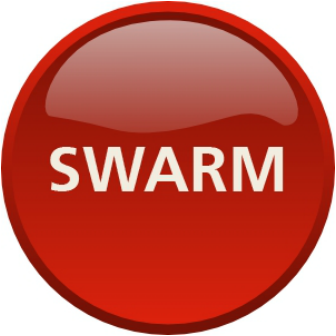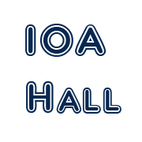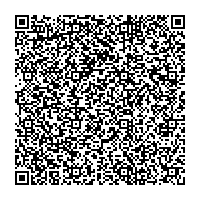Welcome All Beekeeping Enthusiasts
Welcome to the Treasure Valley Beekeepers Club of Idaho.
The Treasure Valley Beekeepers Club provides a great opportunity for everyone with an interest in bees to come & gather great resources and knowledge about the honeybee. Practical knowledge, workshops and demonstrations are provided throughout the year. At every meeting, we discuss important bee topics, along with a Q & A with experienced beekeepers. Everyone is welcome! To become a club member, come to any meeting to sign up. Dues are $10.00/yr or $15.00 for a family/yr. If you can't make our next meeting; you can download, print, fill out and mail in our registration form. The mailing address is located on the form. |
 If you're on this page because you've got a swarm hangin' in a tree and you don't want 'em, CLICK THE BUTTON and help will be just a quick call away. If you're on this page because you've got a swarm hangin' in a tree and you don't want 'em, CLICK THE BUTTON and help will be just a quick call away.
|
| 2015_tvbc_registration_form.pdf |
Club MeetingsRegular meetings continue at the IOA Hall on July 21, 2015.
We meet the third Tuesday of most every month (unless we have a field trip) at 6:30 pm, in Boise at: 
IOA Hall
401 Brazil St. (off Sunrise Rim, near Vista and I-84) Boise Please bring your own drinks. Map Foothills Learning CenterThe TVBC has partnered with the Foothills Learning Center to provide educational opportunities about the Apis Mellifera (honey bees) for the public. We have a beeyard on the grounds used for the Honey Bee Apprentice Program taught each year for new beekeepers. Please visit their website for all classes available at the Foothills Learning Center

Join Us On Facebook
YOUR TVBC OFFICERS
President/(Queen Bee) – Karla Kimball
Vice-President – Joyce Gebhardt Treasurer/Keeper of the Envelope – Rena Alexander Secretary/Working Drone – Ken Sonnen Past-President ("Booted" Drone) – Chad Dickinson Committee Positions: Volunteers (no vote necessary) Web Queen Chair – MJ Oresik Web Chair Drone - Chad Dickinson Community Education Chair - Joe Leckie Plans Club education - Bug Days, Western Idaho Fair, community appearances by Club members, etc. Special Projects – Carole Kanizar & Steve Sweet Foothills Learning Center Activities, National Honey Bee Day, the occasional "Drink the Kool-Aid" Sessions ;^) and the Hobbyist Session of the Idaho Honey Industry Association Annual Meeting. CONTACT US
|
Upcoming ClassesPlease see our Education page.
Need Hive Components Fast?
Mike Morrison has a list of equipment that you can purchase locally and avoid shipping charges. Please see the following list for what he has available and his contact info:
What Should a Beekeeper be Doing Now? July
Unless you're near a commercial crop or at higher elevations, the summer nectar dearth begins about mid-July (maybe July 1st this year in the Treasure Valley). At this time we should be thinking about nest consolidation and honey harvest.
The above information was excerpted from the Oregon State Beekeepers Association webpage, found at: http://www.orsba.org/htdocs/home.php (June 2, 2012). The Treasure Valley Beekeepers Club extends a special thanks to Todd Balsiger, Forest Grove, OR for permission to post this information. | ||
Last Updated: 06/28/15

